
Our faith is rooted in the historical and apostolic tradition of the Church grounded in Holy Scripture, affirmed by the early Church Fathers, expressed in the Creeds, and preserved in the worship and teaching of our communion.
1.The Holy Scriptures
We believe that the Holy Scriptures of the Old and New Testaments are: The primary and authoritative source for all knowledge of the Christian faith. Inspired by God, containing all things necessary for salvation. The final standard by which all doctrine is measured.
Through the Scriptures, God reveals His nature, His will, and His redemptive plan for humanity. They remain the foundation of our teaching, worship, and daily living.
2.The Writings of the Patristic Period
We honour the witness of the early Church as a secondary, yet vital, source for understanding the faith. This includes:
3.Historical Formulas of the Faith
We uphold the historic standards that bear authoritative witness to the christian faith
A comprehensive understanding of the faith is indeed found in our modern service through the revised Catechism
A time for waiting and a moment of great celebration
Advent marks the beginning of the church year. It is a time for reflection in darkness, for renewal of hope and for a movement towards a beginning.
The season of Advent, as it first emerged in the Church in the fourth and fifth centuries, lasted, like Lent, for 40 days. Later tradition developed the Advent we know today, of four Sundays before Christmas Day.
It is a season of expectation and preparation as the Church prepares to celebrate the coming of Christ. Church decorations are simple and sparse, and purple is the traditional colour used. Advent falls at the darkest time of the year, and the natural symbols of darkness and light are powerfully at work throughout Advent and Christmas
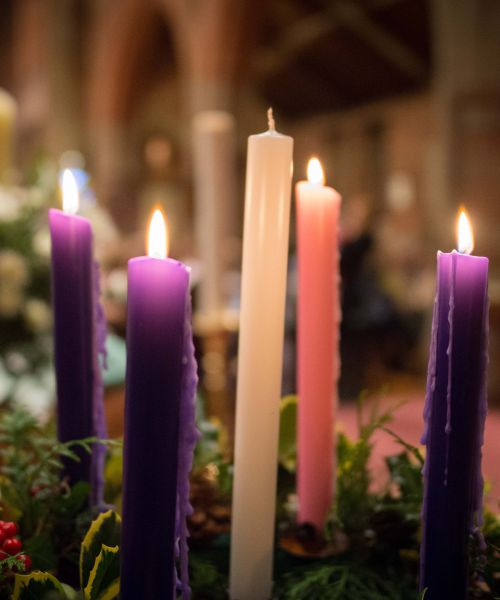
Lord Jesus, Light of light,
you have come among us.
Help us who live by your light
to shine as lights in your world.
Glory to God in the highest.
Amen.Christmas is one of the highlights of the Christian year and a time of great celebration.
We celebrate the mystery of God coming to live among humanity as one of us in the person of Jesus, son of Mary, the saviour promised by the prophets of the Old Testament.
This great feast that marks the anniversary of Jesus' birth has inspired the many joyful customs and traditions that we use to mark Christmas. Many of these - carols, cribs, decorations, and special foods - are shared with and enjoyed by millions of people across the world. But there is more than tinsel, trees and reindeer. There is amazement, wonder and joy here.
The gospel accounts of the first Christmas provide so many ways for us to enter into the mystery of God becoming human. There are hosts of angels filling the night sky with singing; a group of astounded shepherds on a hillside who find their lives and expectations turn upside down; there is a shining star and the birth of a child, which, like many other births before and since, bring hope and possibility.
And the readings for Christmas day - including the prologue to John's gospel - invite us to look beyond the joy of Jesus' birth to the significance of his life, and the saving power of his future death and resurrection.
The season of Christmas lasts for twelve days, culminating in another feast - that of the Epiphany on 6th January, when we recall how Jesus was first revealed to the wider world in the visit of the Magi (or Wise Men).
Holy Jesus, by being born one of us, and lying humbly in a manger, you show us how much God loves the world. Let the light of your love always shine in our hearts, until we reach our home in heaven, and see you on your throne of glory. Amen.
The Day of Pentecost marks fifty days since Easter Day and brings the Easter season to an end. It is a major feast of the Church’s year when Christians recall how God’s Holy Spirit was given to the disciples after Jesus’ ascension, empowering them to begin the work of making disciples of all nations.
Jesus had promised his followers that, although they would not see him after his Ascension, they would receive the Holy Spirit to guide and inspire them. The Acts of the Apostles describes how the crowds gathered in Jerusalem – representing many nationalities and speaking many languages – were able to hear the disciples preaching in their own language.
When the day of Pentecost had come, they were all together in one place. And suddenly from heaven there came a sound like the rush of a violent wind, and it filled the entire house where they were sitting.' Acts 2, Chapter 2
The colour most often associated with Pentecost is red, representing the tongues of fire which the Acts of the Apostles describes appearing above the heads of the disciples as a sign that they had received the Holy Spirit.
With its focus on God’s Spirit being poured out on believers, Pentecost is one of the most popular days for baptisms and confirmations in the Church’s year.
Following Jesus' journey through suffering and death to new life
The season of Lent lasts for forty days (not including Sundays). It is a time when Christians reflect and prepare for the celebrations of Easter. Some people fast, eat frugally or give up treats following the example of Jesus, who fasted for forty days in the wilderness. People also give to charity, set aside time to study the Bible and meet with other Christians to reflect on Jesus' life and prepare for the events of Holy Week and Easter.
Ash Wednesday is the first day of Lent. Ashes made from palm crosses are blessed and are used to make crosses on people's foreheads. The custom dates back to the middle ages. Ash Wednesday services set the tone for Lent, with sombre readings and hymns and a focus on penitence (saying sorry for and turning away from sin).
"Remember that you are dust, and to dust you shall return. Turn away from sin and be faithful to Christ."
Holy Week is the name given to the week beginning on Palm Sunday and ending on Easter Sunday.

On Palm Sunday Jesus arrived in Jerusalem to crowds and cheers. His triumphant entry into Jerusalem has been celebrated on the Sunday before Easter since the first centuries of Christianity.
The next day the great crowd that had come to the festival heard that Jesus was coming to Jerusalem. So they took branches of palm trees and went out to meet him, shouting, “Hosanna! Blessed is the one who comes in the name of the Lord— the King of Israel!” John 12:12-13
Maundy Thursday is the day when we remember Jesus sharing the Last Supper with his disciples before his death
Maundy Thursday gets its name from the Latin word mandare meaning to command. We remember Jesus' command: 'Love one another as I have loved you'. At the Last Supper Jesus washed the disciples' feet. Some churches recreate this act of service at special services and events. This is not only an important reminder of the nature of Jesus, who we serve, but also the kind of service we are meant to demonstrate in our love for one another.
Good Friday is the day when Christians remember the crucifixion and death of Jesus Christ. It is a sombre day. Usually, churches meet, pray and reflect on the sacrifice Jesus willingly paid for all our sins.
For God so loved the world that he gave his only Son, so that everyone who believes in him may not perish but may have eternal life.
On Easter Sunday, churches across ACK will celebrate because Jesus died for our sins and then rose again.
On the third day after being crucified, Jesus' tomb was found to be empty. He had risen from the dead. Life triumphs over death! The joy of resurrection is possible only because Christ endured death and conquered it.
Easter Day marks the beginning of 50 days of celebrating Jesus' resurrection. The final 10 days begin on Ascension day where we celebrate Jesus' ascension into heaven. Churches around the country mark the day with services, sometimes outside or on church roofs. Finally, at the end of the 50 days, we celebrate Pentecost (sometimes called Whitsun) when Jesus' disciples received the gift of the Holy Spirit. This is often referred to as the birthday of the Church and is celebrated with parties and Whit walks (processions through town).
Do this in remembrance of me
The Sacrament is the use of material things as signs and pledges of God's grace, and as means by which we receive his gifts
The two parts of a sacrament are the Outward and visible sign, and the inward and spiritual grace
Christ in the Gospel has appointed two sacraments for his church, as needed for all fullness of life, namely
The sacramental Ministries of grace are,
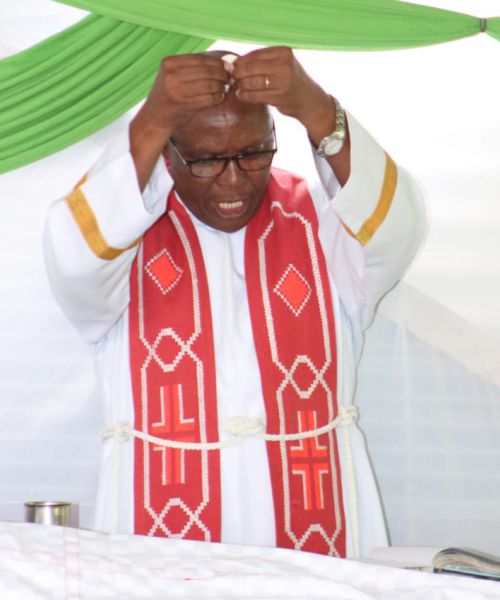
While they were eating, Jesus took a loaf of bread, and after blessing it he broke it, gave it to the disciples, and said, “Take, eat; this is my body.” Then he took a cup, and after giving thanks he gave it to them, saying, “Drink from it, all of you; for this is my blood of the covenant, which is poured out for many for the forgiveness of sins. (Matthew 26: 26-28)
The prayer which teaches people to pray.
The Lord’s Prayer is the prayer that Jesus taught his disciples, when they asked him how they should pray. Most Christians know the prayer by heart in their own language, and it is used today by every Christian tradition, though there are sometimes minor variations in the wording. It has a place in every Anglican act of worship, and forms a pattern for prayer for Christians:
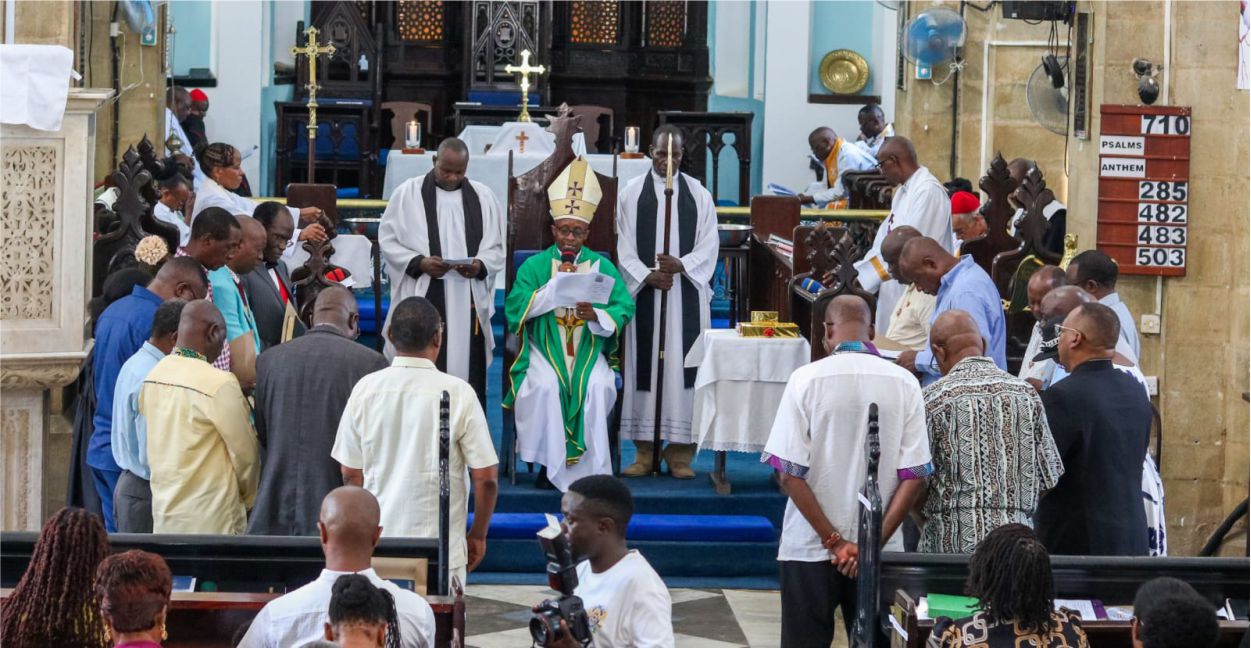
Our Father in heaven, hallowed be your name, your kingdom come, your will be done, on earth as in heaven. Give us today our daily bread. Forgive us our sins as we forgive those who sin against us. Lead us not into temptation but deliver us from evil. For the kingdom, the power, and the glory are yours now and for ever. Amen.
The text is found in two slightly different versions in the New Testament – Matthew 6.9–13 and Luke 11.1–4
The prayer as we use it today is a version that was adapted by the early Christian communities from the two Gospel texts, and it was taught in this form to new converts.
The final sentence, giving glory to God, is called the doxology. It is not part of the New Testament text, but was added very early on. The Lord’s Prayer is occasionally said without it.
God is approachable. Prayer is something anyone can do. You don’t have to use complicated words or flowery language. God isn’t swayed by arguments or by length or by skill in prayer.
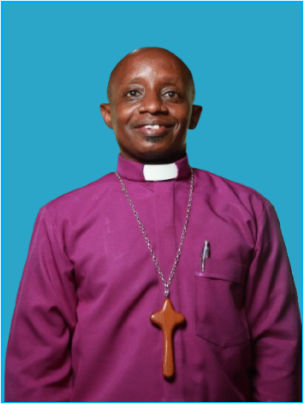
Diocesan Bishop
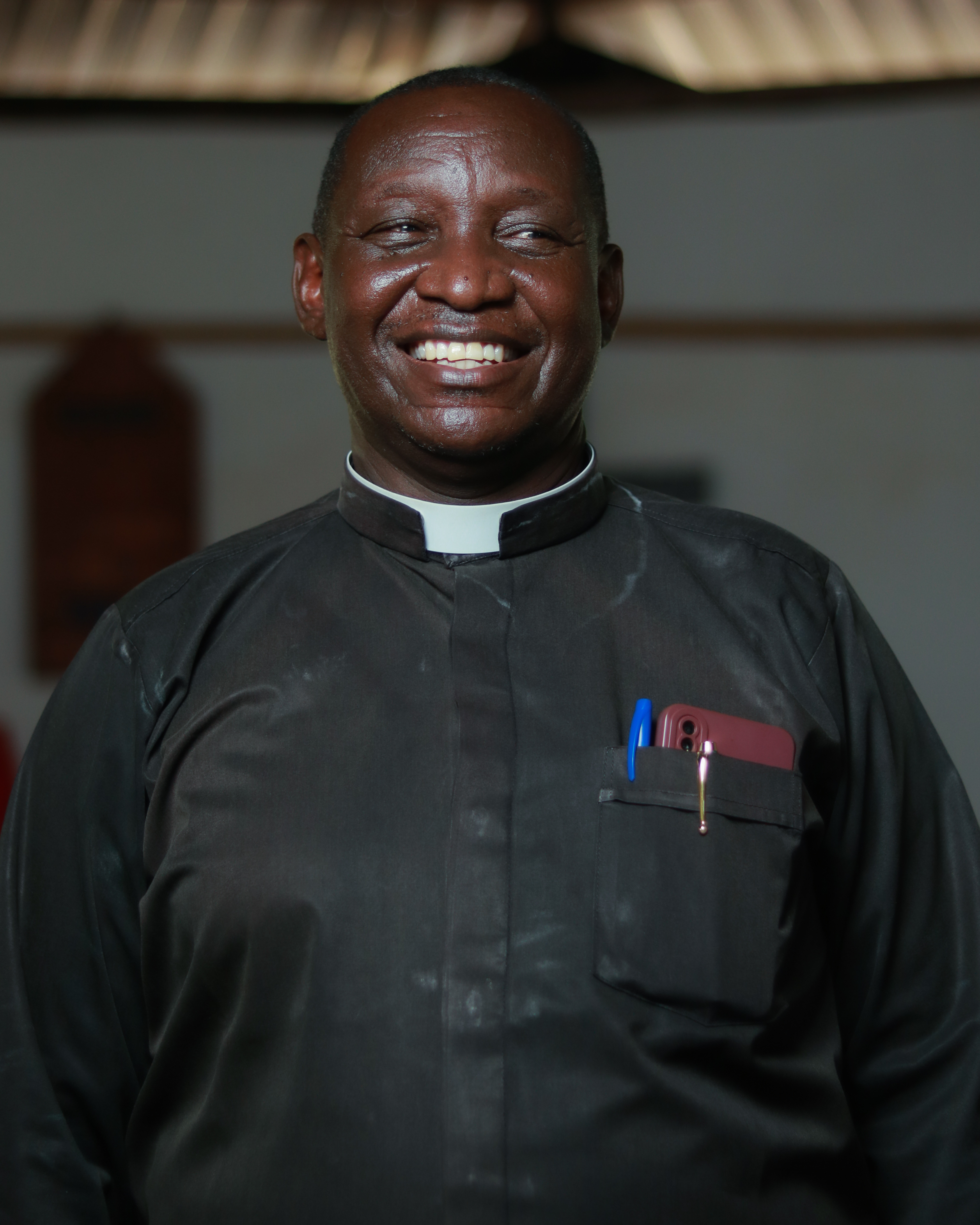
Vicar General
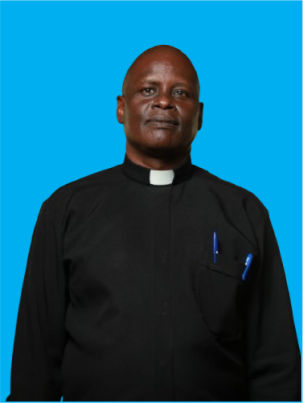
Administrative secretary